Team building templates
Build stronger, more connected teams through structured collaboration that actually works.
You know that awkward energy when a new team forms—or when an established team has stopped communicating effectively? Everyone's polite in meetings, but real conversations happen in side channels. Ideas stay bottled up. Projects stall because no one's sure who's doing what.
Here's the issue: your team isn't missing motivation. They're missing structured spaces to build trust and align around shared goals. When team building becomes another disconnected "fun" exercise, people disengage. When it's skipped because "we're too busy," collaboration suffers.
Picture this instead: your team actually knows each other's working styles and strengths. New members integrate smoothly. Conflicts get addressed constructively. Strategy sessions generate momentum because everyone understands how their work connects to the bigger picture.
Miro's team building templates create exactly this kind of intentional development—practical frameworks for building the trust and clarity that high-performing teams need.
About the team building templates collection
This collection serves team leads and managers bringing people together to collaborate effectively. These team building templates address core challenges: creating psychological safety, establishing working agreements, building understanding across diverse work styles, and maintaining team cohesion as projects evolve.
You'll find templates for team charters, working agreements, skill mapping, communication guidelines, and relationship-building exercises. Some focus on initial formation—helping new teams establish norms. Others support ongoing health—retrospectives, feedback sessions, and alignment check-ins.
The visual frameworks make important conversations tangible, inclusive, and actionable—especially crucial when your team works across time zones.
Why you'll love the team building templates collection
Visual exercises eliminate awkward silence. These templates give everyone something concrete to interact with—dragging cards, adding sticky notes, mapping relationships. People who'd never speak up in traditional meetings suddenly contribute because the format feels safe. Remote team members participate equally, not as afterthoughts.
Async collaboration respects everyone's schedule. Team members across time zones can contribute to charters, add working preferences, and share feedback on their own time. The template captures everyone's input, creating genuine buy-in rather than decisions made by whoever attended the meeting.
Real work integration builds lasting habits. Use a team canvas during sprint planning. Reference working agreements when conflicts arise. Update skills matrices as people grow. These templates live alongside project work, making team development continuous rather than a one-off event.
Concrete artifacts create shared understanding. You walk away with documented agreements, mapped relationships, and clear action items—not just good vibes that fade. These become reference points for decisions and onboarding materials for new members.
How to use the team building templates
Step 1: Identify your team's current need. Choose a template that addresses where your team is now. Forming a new team? Start with a team canvas. Experiencing communication breakdowns? Try a communication styles template. Feeling misaligned? Use a team alignment framework.
Step 2: Customize the framework. Adapt the template to your context. Modify questions to reflect actual challenges. Add relevant categories. Remove what doesn't apply.
Step 3: Set up for inclusive participation. Decide on synchronous or async collaboration. For real-time sessions, schedule a call and use Miro's timer and voting features. For async work, set deadlines and use @mentions to guide people through.
Step 4: Facilitate meaningful conversation. Use the template as your guide without constraining dialogue. The visual format tracks contributions and ensures quieter voices get heard. Capture insights and action items as they emerge.
Step 5: Turn insights into action. Document decisions on the board. Assign owners to follow-up items. Set dates for revisiting agreements. The template becomes your source of truth.
Save customized templates for reuse and share successful frameworks across your organization.
FAQ about team building templates
How do these templates work for remote and hybrid teams?
These templates are designed for distributed collaboration. Remote members contribute equally through real-time and async features—no squinting at conference room whiteboards. The visual format creates a shared space where everyone has equal presence.
What if my team is resistant to "team building" activities?
That resistance comes from past experiences with forced fun disconnected from real work. Frame these as practical tools: "let's map communication preferences so we stop having misunderstandings" rather than "let's do team building." When it directly improves day-to-day work, resistance drops.
How often should we revisit team building templates?
Treat team development as ongoing. Review working agreements quarterly or when team composition changes. Run retrospectives after major milestones. The frequency depends on your pace of change—make it regular enough that development becomes a habit, not an event.
Can we use these templates for cross-functional collaboration?
Absolutely. Cross-functional teams often need these frameworks most—different departments bring different norms and expectations. Use templates at project kickoffs to align groups around shared ways of working. The visual format bridges departmental jargon and creates common language.
Ready to build teams that genuinely work well together? Explore the team building templates and create the structured collaboration your team's been missing.




































